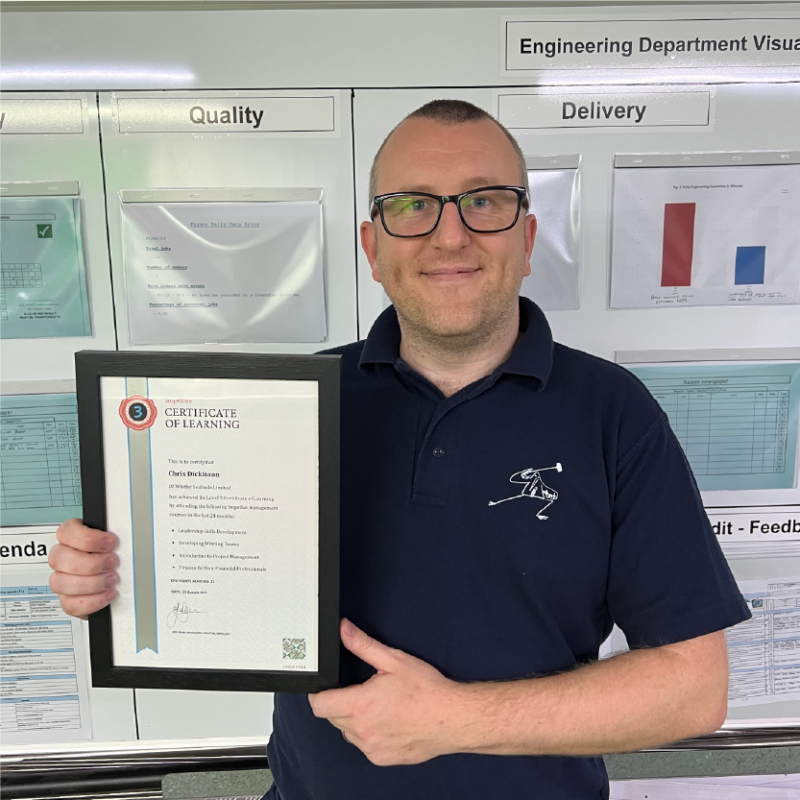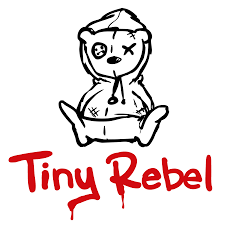It is remarkably common for businesses to organise an event or plan a process and find at the last minute that a major factor has been forgotten or missed in the planning process. We all recognise that moment when people stand and stare, and think “oh how did we miss that!”. Thorough planning involves more than a quick 5-minute meeting and a “let’s get on with it” rallying cry. And yet when you are sitting in a room making decisions it is easy to miss those finer points unless you have a process to follow which will flush them out.
So how can you avoid this scenario?
Take an example of a decision to move your office to a new building. You have to decide if it is worth the disruption and cost of moving to get more space and a nicer environment. You can use Edward de Bono’s Thinking Hats to make sure all aspects of the decision get covered.
To make sure you are thorough, get the planning group in a room and go through this process.
Get the group to think through and collect all the information that is needed. In this case you might need to know the rental cost of the new office, the cost of moving: including removal companies and the moving of all the communications systems and equipment, and no doubt many other details.
2. Red Hat = Intuition, feelings and hunches – i.e. gut feel
Now allow the group to express their feelings about what might work. Cover all aspects like timings and what the end result could look like.
3. Black Hat = Caution and difficulties
Now is the moment for the nay-sayers. Let them have their time to identify what might go wrong with the process. Flush out all the stuff that they are going to worry about and the reasons why the move might be a bad idea.
4. Yellow Hat = Values and benefits
Now look at all the good stuff. Get the positive thinking out about what can work well and how it will be a great morale booster for the company, etc. etc.
5. Green Hat = Alternative and creative ideas
Now everyone has seen the good and the bad about what is proposed, take time for the group to come up with any alternative ideas. This is where creative thinking can mitigate some of the down-sides while maintaining the spirit of the initial idea.
6. Blue Hat = Managing and thinking process
Now you have lots of information, opinions and ideas and it is time to work out what you will actually do. Take time to write down all the detailed information and ideas that have been contributed and form them into a workable plan.
If you follow this process it is much more likely that you will cover all the bases and come up with a well thought through plan. Remember too, that, much as it is possible to do this on your own, a group is much more likely to produce a good result because different people will naturally have different points of view.
If you would like to learn more about using the Thinking Hats or other techniques to make good decisions, then come along to our Strategic Thinking and Decision Making course.























